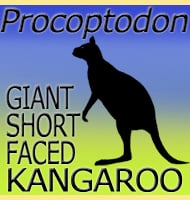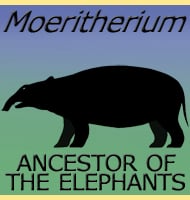Sansanosmilus
In Depth Although fossil remains form China have been attributed to Sansanosmilus (for the species S. palmidans), most of the currently known fossils come from Europe. This would suggest that the highest population density for Sansanosmilus was in Europe, however caution should be used before coming to this conclusion since fossil deposits of certain times … Read more



